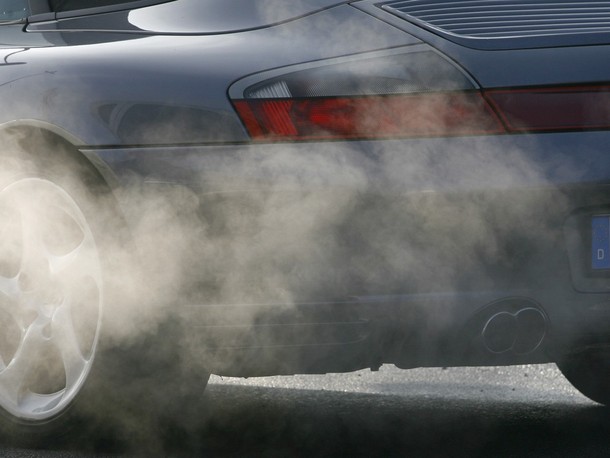For better understanding, before we begin with our topic, I’ll introduce two valves which have very important roles to play in a car’s emission system. They are EGR valve and PCV valve which stands for Exhaust Gas Recirculation and Positive Crankcase Ventilation respectively. EGR valve regulates the flow of spent exhaust gas back into the intake system, just as the name implies. To be simply put, it works by recirculating a portion of an engine’s exhaust gas back to the engine cylinders. In doing so, it reduces the amount of NOx the combustion generates. The PCV valve is a control device which sends partially burned gases that come from the engine’s crankcase to the combustion chamber, thus allowing a better use and administration of fuel. It has 5 obvious benefits in emission control: completely eliminating crankcase emissions, keeping the system free of moisture, helping extend the life of the oil and the engine, preventing the appearance of engine corrosion and improving fuel economy.
Then we’ll move on with our topic-how to reduce your emissions.
In In general, there are four major categories of ways in which to reduce emissions: clean vehicles, clean fuels, maintenance, and education. In the following passage, I’ll try to address the topic from several concrete aspects.
1. Use gasoline additives. There are plenty of different gasoline additives that can be used on one’s car. Take cleaning agent in the gasoline additives for example, it does an excellent job of keeping your carburetor, intake valves and ports in your car’s engine clean. Thus, it helps your car produce far lower levels of carbon-based emissions.
2. Use gasoline with better quality. This is the easiest way to reduce emissions. Consider using middle grade or premium grade gasoline. Of course, better gasoline quality always means higher price, but, on the other hand, it also indicates better fuel mileage performance. For instance, the higher octane level in gasoline creates better combustion in the engine and also helps keep your car engine clean.
3. Change your air filter. Air filter helps keep dirt and other contaminants out of your car engine. It is recommended that you should replace it every 10,000 to 20,000 miles to ensure its proper operation. With it, the engine will run more efficiently and generate fewer emissions.
4. Change your engine oil regularly. Oil lubricates engine components, carries away the heat and small particles of contaminants as it is circulated. Follow your owner’s manual to change your engine oil.
5. Check tire pressure. With your tires properly inflated, you are guaranteed of a smooth and fuel efficient driving. Fuel efficient always means lower levels of common-based emissions since you manage to drive the same distance with less fuel. Moreover, this is a double win. With an increased fuel mileage, it means less money is taken from your pocket.
6. Use your car less. Perhaps this is most effective way to reduce emissions. Yet, some people are reluctant to do accordingly. They back up themselves by simply asking the question-what is exactly the initial goal of buying a car? However, using your car less especially in short trips like the one between your home and the nearby shops is recommended as a measure to protect your car engine and extend its lifespan. Besides, we need a little walk now and then to change our mind. So, why don’t accept it?

Dealing with your annoying car emission
by
Tags:
